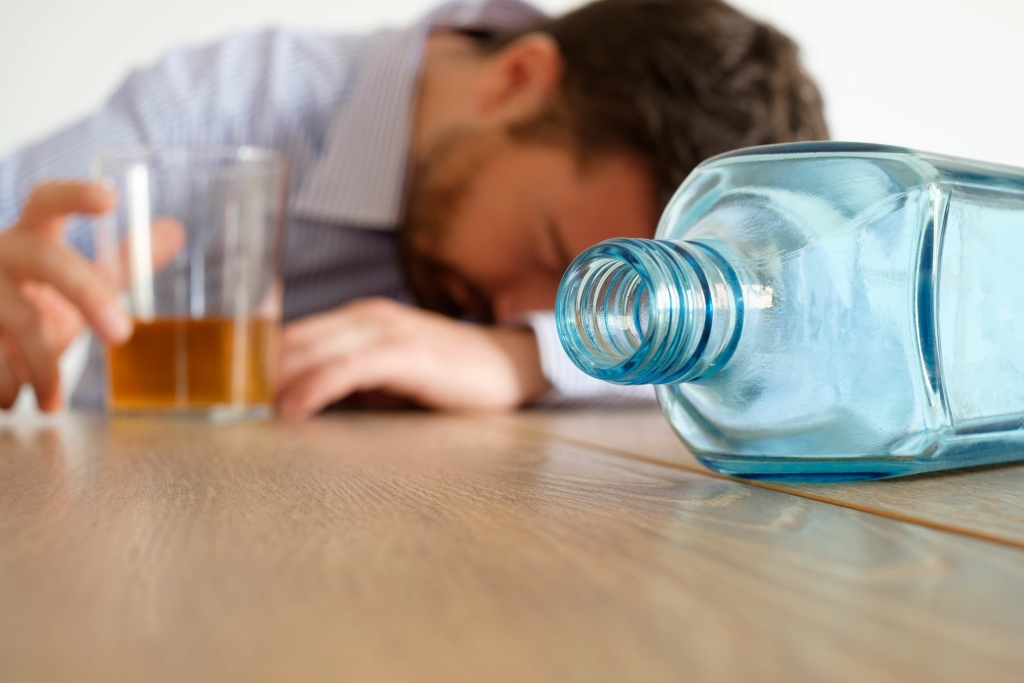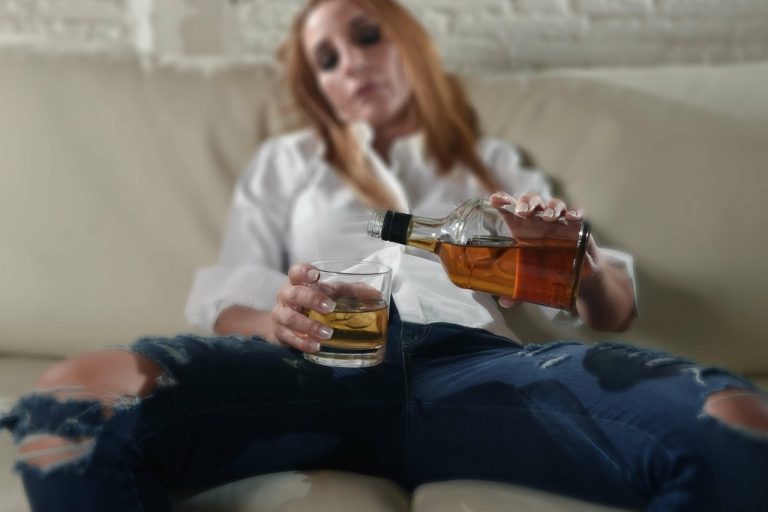If blackouts become a frequent occurrence, it might be time to take a closer look at your relationship with alcohol. Regular blackouts are a red flag for alcohol use disorder (AUD), a condition that requires attention and care. An alcohol blackout occurs when excessive drinking disrupts the brain’s ability to form new memories. During a blackout, you might appear conscious—talking, laughing, and socializing—but your brain isn’t logging those moments into long-term memory.

Like a camera with a faulty shutter, the mind sometimes clicks but fails to capture, leaving behind a haunting void where memories should be. Without treatment for PTSD and alcohol abuse, a person can develop a destructive cycle of PTSD symptoms followed by drinking for relief of symptoms followed by increased PTSD symptoms and so on. The most obvious risk factor for PTSD is exposure to a traumatic event. However, as we learned, not everyone who experiences or witnesses a traumatic event will develop PTSD. This discrepancy is primarily due to the type of trauma, the length or frequency of exposure, and the increased vulnerability of some groups of individuals.
Changes in diet and staying hydrated can ptsd alcohol blackout also help in preventing blackouts. If 100 people have a traumatic experience, around 10 percent of those people will get chronic PTSD with intrusive flashbacks that they cannot control, Anderson said. Normally, we forget events, facts and our favorite lines from movies because we no longer take the time to recall them on a regular basis. Our brains wipe these memories, which is called active or adaptive forgetting. People with a trauma history may be repressing or suppressing old memories leading to blackouts of the past.

Sleep problems, including nightmares and insomnia, are common in people with PTSD. While alcohol might help someone fall asleep at first, it disrupts sleep later, causing people to wake up during the night. Alcohol also interferes with REM sleep, which is important for processing emotions and memories, leading to more nightmares and poor-quality sleep.

This is presented as a single disorder with twelve subtypes based on the predominant neurological symptom, but none of these subtypes explicitly refers to the specific clinical picture of PPS 21. You may have more PTSD symptoms when you’re generally stressed or when you come across reminders of what you went through, including the same time of amphetamine addiction treatment year when a past traumatic event happened. For example, you may hear a car backfire and relive combat experiences. Or you may see a report on the news about a sexual assault and feel overcome by memories of your assault.